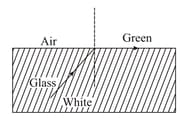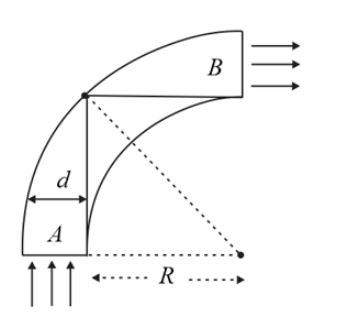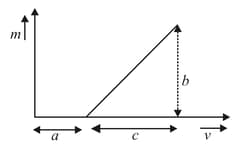HARD
Physics
IMPORTANT
Earn 100
A fish looking up through the water sees the outside world contained in circular horizon. If the refractive index of water is and the fish is below the surface, what is the radius of this circle (in )?
(a)
(b)
(c)
(d)
85.71% studentsanswered this correctly

Important Questions on Ray Optics
HARD
Physics
IMPORTANT
HARD
Physics
IMPORTANT
White light is incident on the interface of glass and air as shown in the figure. If green light is just totally internally reflected then the emerging ray air contains.

HARD
Physics
IMPORTANT
A rod of glass and of the square cross-section is bent into the shape as shown in the figure. A parallel beam of light falls on the plane flat surface as shown in the figure. If is the width of a side and is the radius of a circular arc, then for what maximum value of light entering the glass slab through surface emerges from the glass through ?

EASY
Physics
IMPORTANT
EASY
Physics
IMPORTANT
MEDIUM
Physics
IMPORTANT
HARD
Physics
IMPORTANT
HARD
Physics
IMPORTANT
The graph shows how the magnification , produced by a convex thin lens, varies with the image distance . What is the focal length?

